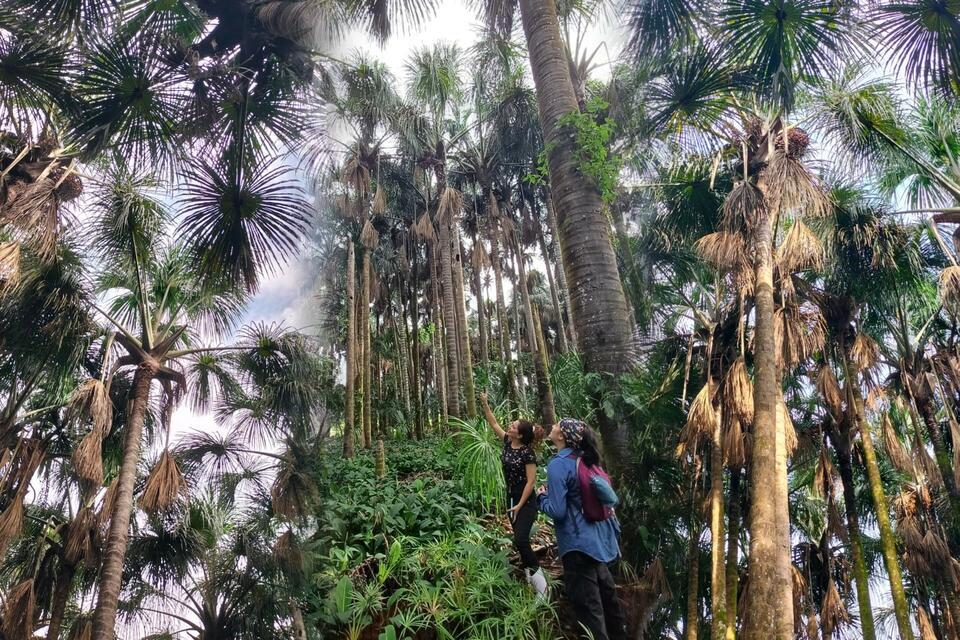From palm to progress: Women, canangucha, and the future of the Amazon
- From
-
Published on
19.09.25


Deep in the Colombian Amazon, a palm species is part of the solutions for biodiversity conservation, carbon sequestration, and women empowerment—yet it faces growing threats. Its name is Canangucha (Mauritia flexuosa), and it’s also known as moriche, aguaje, or morete, in other parts of the big Amazon biome. Is a palm species native to the Amazon that forms swamp ecosystems known as cananguchales. These ecosystems are recognized for their role in protecting water bodies, contributing to biodiversity conservation, and capturing carbon in peat deposits. However, cananguchales face multiple threats, including practices that involve cutting the palm to harvest its fruits, as well as burning and drainage for the expansion of agricultural and livestock activities. These actions negatively impact the species’ population density, regeneration, and long-term survival.
